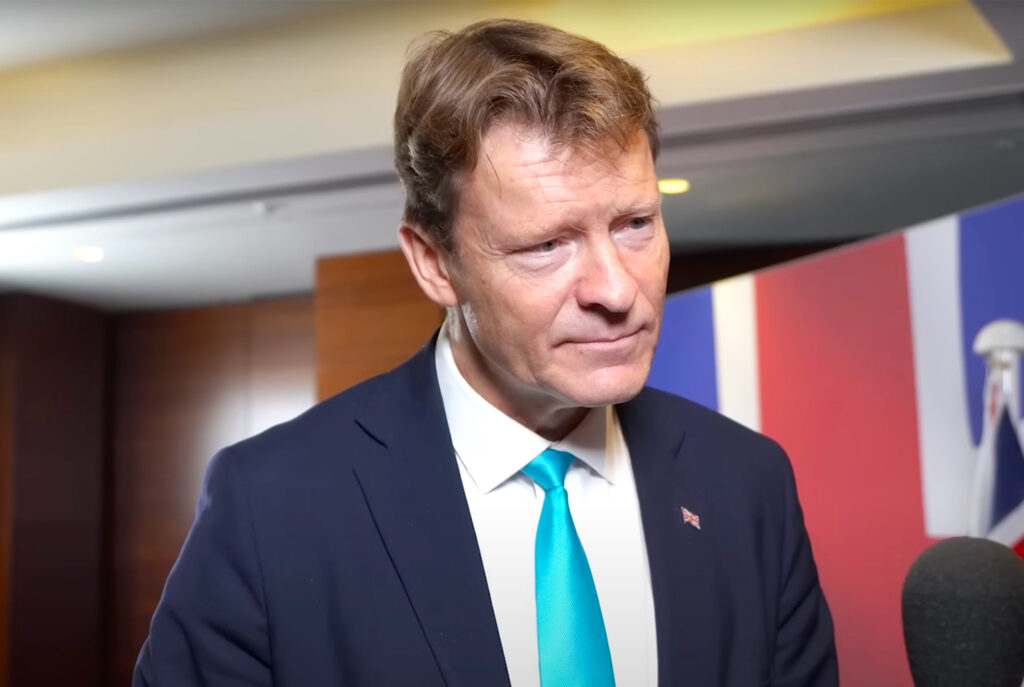This is a guest post by Clint Robertson.
A new study found that 25 states had adopted revenue decoupling for at least one natural gas or electric utility by December 2012. In total, 24 electric and 49 natural gas utilities participate in decoupling according to the report by the American Council for an Energy-Efficient Economy, the Regulatory Assistance Project and the Natural Resources Defense Council.
This is a big increase over 2009 data, which found that just 28 natural gas and 12 electric utilities had adopted revenue decoupling. So why the sudden increase in utility interest for decoupling?
Under most regulatory conditions, utilities make money based on how much energy their customers consume each month. The more energy a utility sells, the larger its profit margin. While it’s an effective way for utilities to make money and the system has worked well for over a century, it’s a hindrance to energy-efficiency initiatives that many states are mandating.
Basically, for utilities, waste and pollution equal profit. If a utility promotes energy savings, it sells less energy, and in turn loses money. To further complicate things, the decreased revenue makes it harder for utilities to cover fixed costs, such as the regular maintenance of power lines and facilities necessary for reliable energy service. So in an age where going green prevails and climate change initiatives stretch across the globe, it’s not easy to get a utility to support energy-efficiency initiatives.
That’s where the idea of decoupling utilities comes in. Decoupling essentially separates the link between utility profits and energy sales to create profit sustainability for utilities. In most cases of decoupling, a utility that implements an energy-efficiency program can make up for its lost revenue by adjusting rates for its customers, which must first be approved by the state’s public utility commission. For example, if the amount of energy consumed in a given month is less than a utility’s revenue projections, it can raise customer rates to make up the difference so long as the PUC approves of the change. On the flip side, if consumption is above utility revenue projections, the decoupling adjustment mechanism serves as a reimbursement on a customer’s bill.
Proponents of decoupling believe it will reduce costs for both the utility and its customers. Energy-efficiency programs teach people to use less energy, which cuts down on their bills. Furthermore, decreased energy consumption could eliminate the need to build costly power plants and decrease the electric load on the power grid.
But the biggest push for decoupling is probably environmental. Reduced energy consumption caused by energy efficiency can help reduce carbon dioxide emissions and protect against climate change. Decoupling allows these programs to exist without harming the utilities’ finances, which is something many states can get behind.
More and more states are developing initiatives to reduce their environmental impact. In fact, 30 states and the District of Columbia have developed state-mandated renewable portfolio standards (RPS), according to the U.S. Energy Information Administration. These standards require that utilities use a certain percentage of energy from renewable resources to reduce the amount of emissions in the atmosphere. Some states even mandate efficiency programs, which makes decoupling a very attractive offer to affected utilities.
How does decoupling affect deregulated states?
To make the subject of decoupling even more confusing, you have to factor in the different regulatory market each one operates in. A good portion of the United States operates under deregulated energy markets, which restructured the way utilities operate.
For the most part, utilities in deregulated areas are even more vulnerable to revenue loss and could benefit from decoupling, according to the U.S. Environmental Protection Agency. Not only do they have to worry about a decreased profit margin with the implementation of energy-efficiency programs, they also have to compete with retail electric suppliers for the same customer base. In these states, energy is purchased from the wholesale market and decoupling could be integrated to include the costs into the utility’s fixed-cost structure.
In Texas, on the other hand, the local utility can’t sell power so there’s no need for decoupling. Deregulation in Texas mandated the separation of the supply and delivery of electricity. Alternative retail providers sell energy and the utility delivers it. Furthermore, the Public Utility Commission of Texas only allows utilities to make a profit off of the delivery of energy, making the idea of decoupling energy sales from profits obsolete.
Problems with decoupling
For the most part, decoupling sounds like a win-win situation. Customers get energy-efficiency programs to help save money and reduce their carbon footprints, and utilities don’t have to sacrifice the compensation they are accustomed to. But decoupling isn’t always what it’s cracked up to be. A big concern with decoupling is that utility revenues would remain stable despite negative factors, such as inclement weather or economic uncertainty. Maine, which piloted decoupling with Central Maine Power in 1991, had a very unsuccessful experience with decoupling for this very reason.
In the early 1990s, Maine experienced a recession, which decreased the amount of electricity sales in the state. However, Central Maine Power’s decoupling adjustments reflected pre-recession target revenues and caused customer rates to increase to make up the difference. Because the economy was down and bills were higher thanks to the decoupling adjustment, the utility saw a large increase in deferral accounts from customers who couldn’t pay their bills. By 1993, Central Maine Power deferrals caused by the decoupling adjustment mechanism reached $52 million and the Public Utilities Commission agreed to end the experiment. The experience has made many public utility commissions across the country hesitant to explore decoupling.
But many utilities are working their way around this issue, and have factored in the flexibility to change rates with weather patterns or economic standing. Though decoupling is far from taking over utilities in the United States, it’s obviously making ground as utilities see the benefit of overhauling the century-old structuring system for a more sustainable future.
Clint Robertson is a freelance writer who has held numerous positions in the energy industry. His work promotes ways to educate the general population and reduce the carbon footprint for the betterment of the world by focusing on our need for renewable energy sources.
Image credit: Coal plant pollution from Shutterstock
Subscribe to our newsletter
Stay up to date with DeSmog news and alerts






